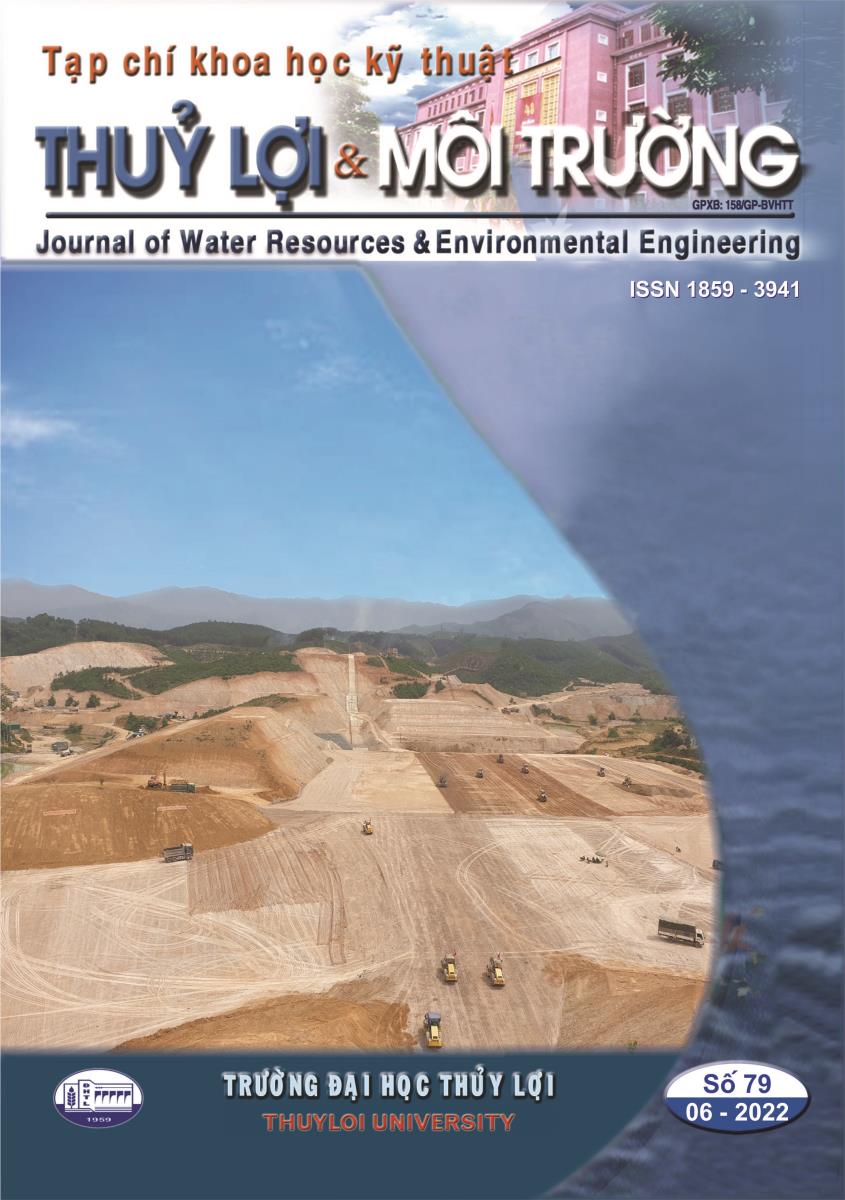The effect of polypropylene fiber contents on the engineering properties of foamed concrete
Abstract
To encourage the recycling of the industrial waste in the production of construction materials and enhance the flexural strength of foamed concrete, this study used fly ash as a binder material to replace 40% cement incorporating various polypropylene (PP) fiber contents in producing lightweight foamed concrete. Four foamed concrete mixtures were designed with a water-to-binder ratio of 0.23 and PP fiber contents were 0, 0.3, 0.6, and 1.0 by the total mass of binder materials. All foamed concrete in this study had a dry density of 1000 ± 50 kg/m3 . Test results showed that increasing PP fiber contents resulted in a reduction in the unit weight of fresh and hardened con crete, thermal conductivity, and
ultrasonic pulse velocity, but an increment in water absorption, compressive strength, and flexural strength. The mixture with 1% PP fiber had the highest compressive strength, flexural strength; and the lowest unit weight and thermal conductivity. The effect of PP content on the flexural strength is more significant than that on the compressive strength. The PP fiber plays an important role as reinforcement to increase both compressive and flexural strength of foamed concrete.

